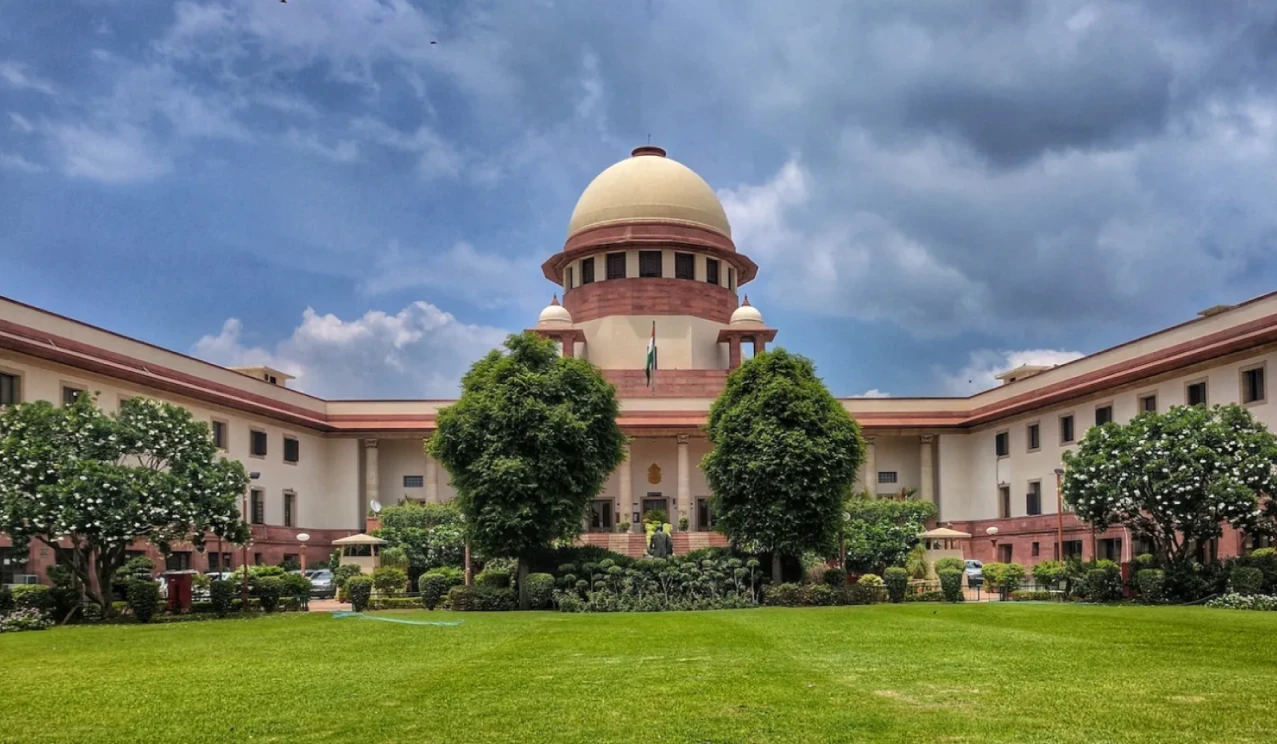Internal inquiry will be carried out by a 3 member committee consisting of Chief Justice (CJ) of Punjab & Haryana HC, Himachal Pradesh HC & Karnataka HC.
About Judiciary's In-House Enquiry Procedure
- Origin: Introduced by SC after noticing a gap in law to tackle judicial misconduct not severe enough for impeachment (under Article 124) but inconsistent with standards of judicial office during C. Ravichandran Iyer v. Justice A.M. Bhattacharjee (1995) Case.
- In 2014, a seven-step "in-house procedure" for inquiry was laid down by SC in Additional District and Sessions Judge 'X' vs Registrar General, Madhya Pradesh HC (2014).
- Procedure
- Initiation: Complaints can be lodged with either CJ of HC, CJI, or President of India (forwarded to CJI).
- Preliminary Review: If allegations are found to be credible, the CJI may request a preliminary report from the CJ of the relevant HC.
- Further Probe:
- If CJ of HC recommends further investigation, CJI may then constitute a three-member inquiry committee (Two HC CJ from other high courts and one HC judge)
- Committee can design its own procedure, adhering to natural justice principles (e.g., allowing accused judges to present their case).
- If CJ of HC recommends further investigation, CJI may then constitute a three-member inquiry committee (Two HC CJ from other high courts and one HC judge)
- Outcome:
- The committee submits a report to the CJI and also with the accused judge. If the committee deems allegations to be serious, the CJI will advise the judge to resign or retire.
- If refused, the CJI will direct the HC Chief Justice to withhold judicial work from the judge and notify the President and Prime Minister to start removal proceedings.
- The committee submits a report to the CJI and also with the accused judge. If the committee deems allegations to be serious, the CJI will advise the judge to resign or retire.
Removal Proceedings of Judges under Constitution of India
|






